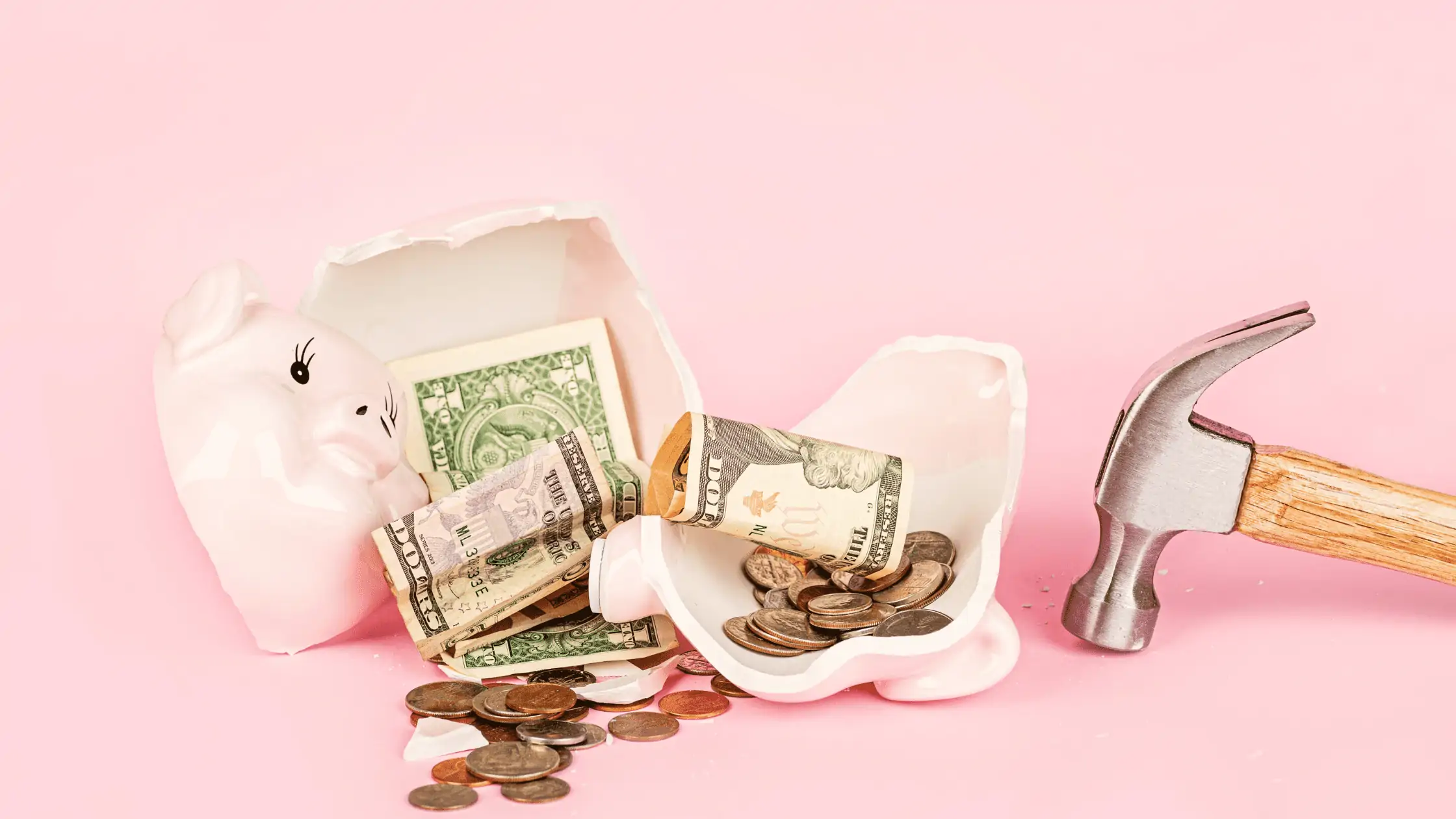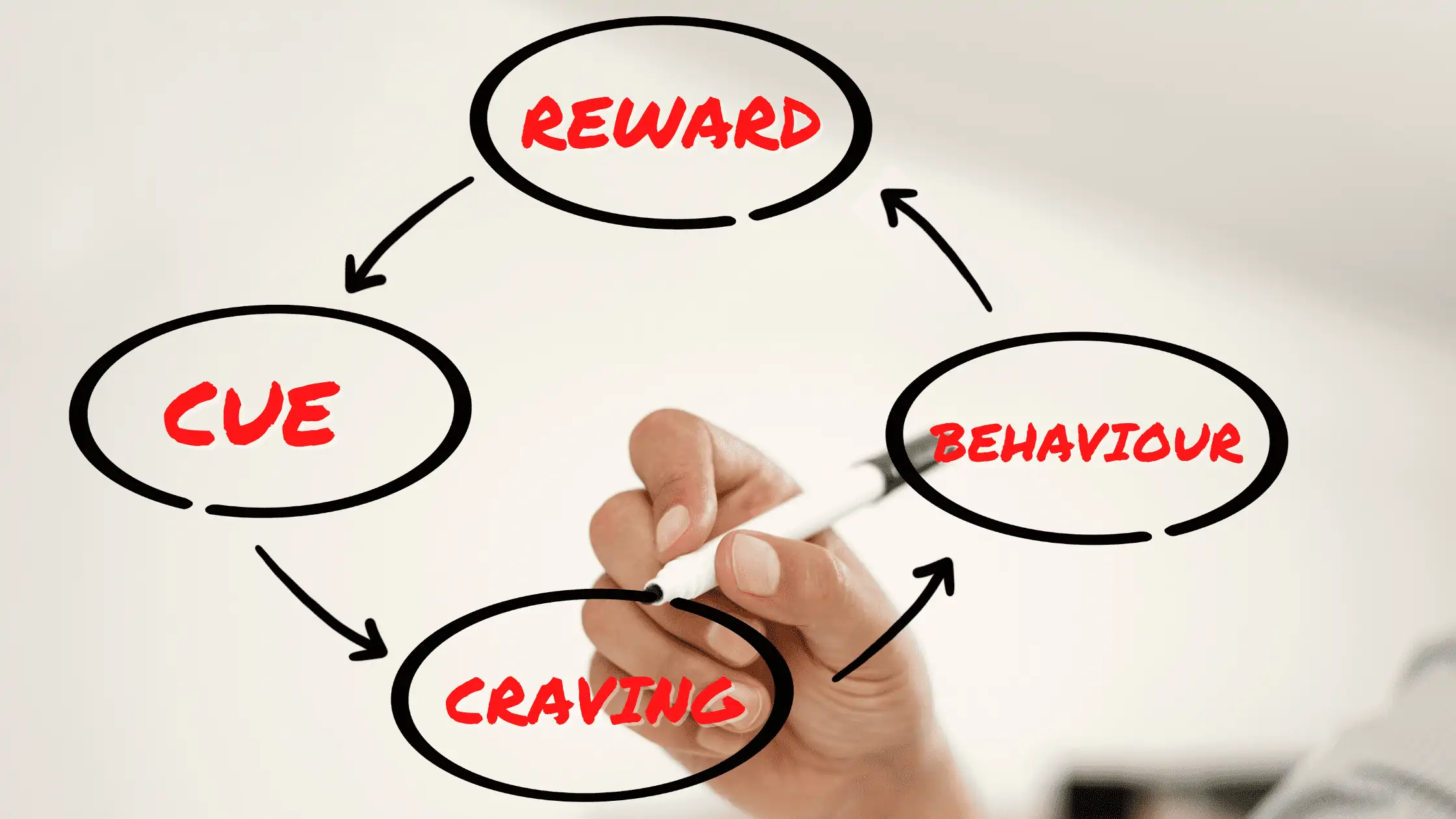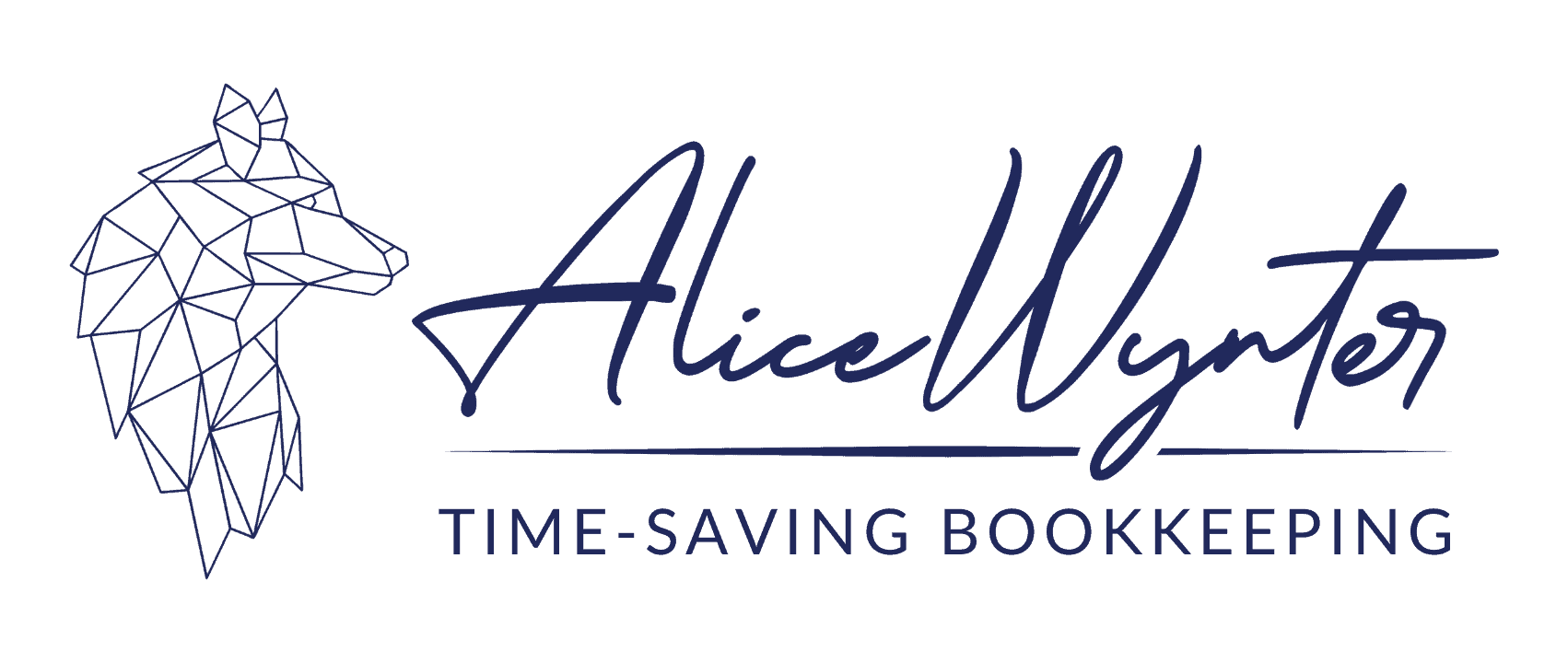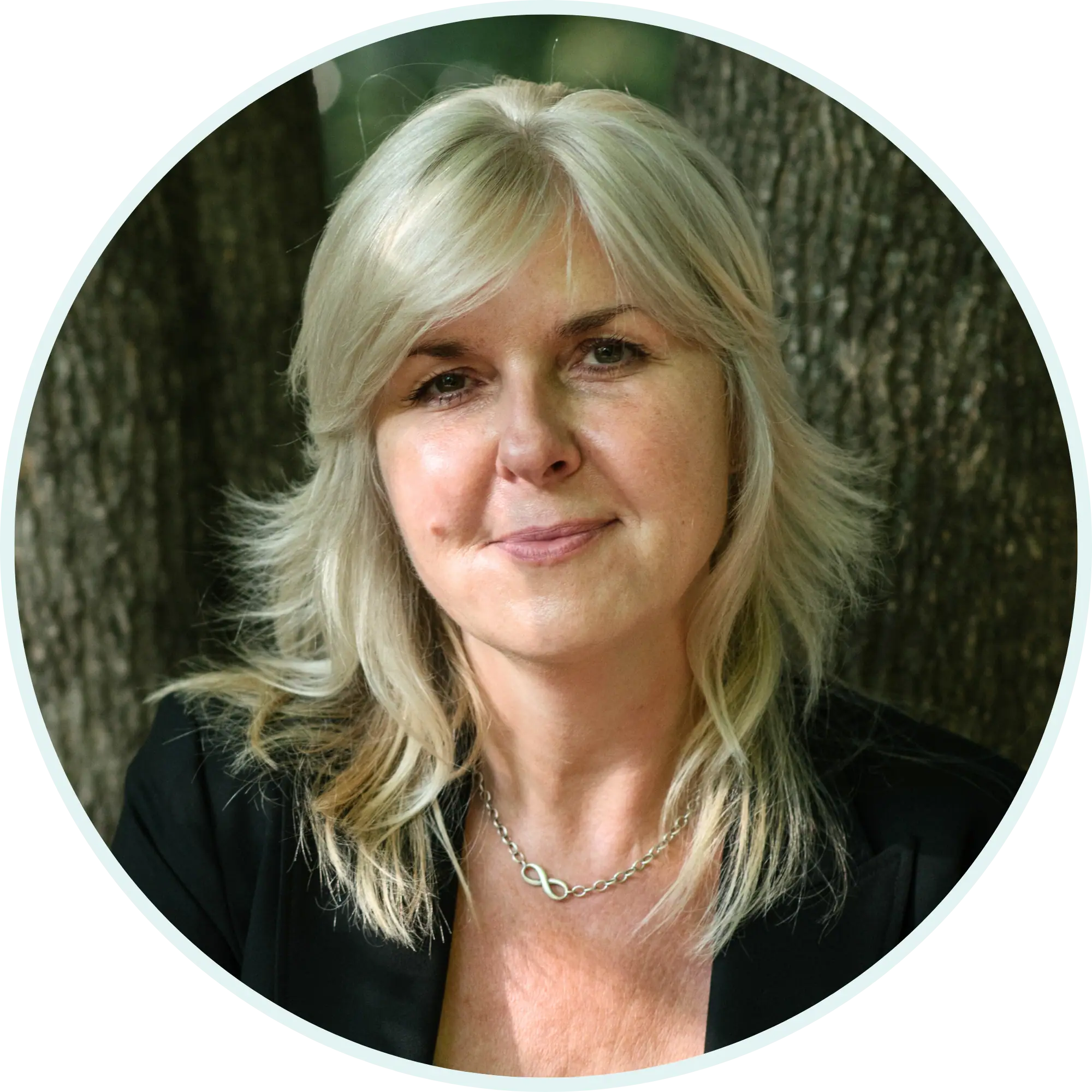When I was a little girl of about 8 years old, I used to have a yellow plastic piggy bank. It had a small slit at the top of it where I could drop in my “treasure” but no other opening, so I couldn’t get to the “gold”. I didn’t have a part-time job of any sort when I had this little piggy bank, so I relied on donations from my parents and relatives, and I was thrilled when my mom or dad gave me an extra quarter, or even a dollar bill that I could drop through the slot and watch as the coins and bills piling up at the bottom of the piggy bank grew and grew.
The sound of the dropping coins or the folding of the dollar bill into a size that I could then squeeze through the small slit are still clear memories that I can recall vividly in my mind. This little yellow piggy bank was not transparent, but I could still faintly see the outline of the rounded mound of the coins and dollar bills – forbidden to me until it was “time” – which to me, was very, very, exciting.
Now the funny thing is, I don’t exactly remember what I was saving for or even how long I had saved for. But what I do intensely remember is that as that piggy bank got fuller and fuller my excitement and anticipation grew. I can even remember asking my parents for coins and dollar bills on a regular basis, sometimes several times a week, just so I could experience the thrill of dropping money through the small slit and watching as the mound of money grew and grew and grew.
They didn’t always give me the extra coins when I asked for them, as I must have had to earn those coins in some way which I honestly don’t remember how, but I do vividly remember that I just COULDN’T WAIT for the piggy bank to be full so that I could finally take a knife or scissors or whatever I needed to cut through the plastic so that my treasure could be released.
Opening The Vault
Well, the day finally arrived, and my weapon of choice to cut through the hard plastic was a serrated pointy steak knife. My yellow plastic piggy bank was so full at this point that its weight alone thrilled me! I just couldn’t wait to access the treasure and tally up how much I had saved. I remember poking a small hole in the belly of the piggy bank with my steak knife and then twisting and turning it until the hole got bigger and bigger. As the hole grew larger, I could then fit the knife in deeper until I was able to start sawing into the plastic to create a larger opening, and voila, I was then able to start shaking the piggy bank and watch excitedly as coins and bills started to drop out onto the table before me.
What a rush! What a thrill!
Habits Are Formed By Creating A Cycle

So here’s the thing. I absolutely do not remember what I bought with that money or even how much I had saved. But I do remember the excitement of being able to finally buy that “something” that I had wanted for so long – most likely a toy of some sort, and it felt great to be able to do this. And what is even more interesting, is that I managed to get myself another plastic piggy bank as I just couldn’t wait to start the whole process over again!
Laugh if you may, but this is exactly how our habits are formed. Habits are formed by creating a cycle in which there is a CUE, which then leads to a CRAVING, which then leads to a response or a specific BEHAVIOUR which then results in a REWARD. A habit is formed as this cycle repeats itself over and over.
In my little girl piggy bank example, the CUE was my yellow piggy bank with only one slit to put money through. The CRAVING was the ANTICIPATION of the excited feeling I would be getting if I followed through on the behaviour. The BEHAVIOUR was dropping coins and dollar bills through the little slot and the REWARD was the excitement I felt as I watched the coins and dollar bills drop onto the top of my growing mound of money. To add to this there was also a longer-term REWARD that was built into this habit loop which was knowing that I would be able to buy that “toy”. And lo and behold, I just couldn’t wait to do it all over again. And again, and again.
The Habit Loop
What I have just described is called a HABIT LOOP, and habits (good or bad) are powerful!
As adults, most of us no longer have a plastic yellow piggy bank that we use for saving money, but we do have savings and investment accounts that can serve a similar purpose. And, for a lot of people, one of the habits that they want to create is to be able to save more money. Now, this is a really important habit to develop because we know that the difference between being rich and poor isn’t how much you saved last Wednesday, it’s how much you save consistently over time, (whether it’s daily, weekly or monthly).
So how do you create a habit loop when it comes to saving money?

Your small financial habits all build up over time. So how do we get into a saving habit when the reward from saving is something that could be weeks or months or even years off into the future? If you’re saving money for your kid’s college tuition and they are 8 years old right now, how do you reward yourself now for putting away 10 or 15 dollars a week?
Create Small Rewards Into Your Cashflow Blueprint
The first and most important thing you will need to create is a system or a CUE. In this case, you will want to create a system that I call a Cashflow Blueprint. This system will provide you with a personalized plan of action unique to your financial situation for forecasting how you spend and save your money. You can read more about cash flow clarity right here.
The Cashflow Blueprint is the CUE that will trigger your habit loop because the Cashflow Blueprint, once created, needs to be looked at and updated several times per week.
Once you have created your Cashflow Blueprint, and you are updating and monitoring it several times per week, you will begin to feel a sense of control over your finances because you will be able to see exactly what your big picture financial situation is right to the penny at any given time. This sense of control will grow into other emotions that may leave you feeling at ease, at peace, with clarity, a sense of accomplishment, pride, hope, relief, and even happy!
Eventually, the feelings derived from working on your Cashflow Blueprint several times per week will be something that you look forward to over and over again – there is no better feeling than having control over your finances! The emotions you experience during the positive management of your finances via your Cashflow Blueprint become the CRAVING part of your habit loop.
Building Savings Categories

Now is the time to build categories of savings into your Cashflow Blueprint. By this, I mean short-term savings, medium-term savings, and longer-term savings. Your unique financial situation will determine exactly the amounts and goals that you have, however even by starting with something small, you will have created a BEHAVIOUR that you can build on over time.
This alone is an empowering and amazing feeling. By creating short-term, medium-term and longer-term savings goals, you will feel excited about meeting your needs for now and for the future, and you have created the REWARD section of your habit loop which will leave you feeling satisfied and excited. This REWARD will become a habit that you will want to repeat over and over.
Summing It Up
The thing about money and saving is that you cannot start saving until you have made sure that all your necessary bills are going to be covered on a regular basis relative to your income. But the first step is starting with a Cashflow Blueprint and building into it short-term, medium, and longer-term rewards that you can build on now, for your future, and for a lifetime. If this seems complicated, you can also talk with a financial coach who can guide you in setting this up.
By creating this positive habit loop, you will be immediately rewarded. Being rewarded makes you feel good about what you just did, and if what you are doing feels good, then the behaviour will last and you have officially created an empowering financial habit! Just like me and my little yellow piggy bank, empowering financial habits can last a lifetime and bring you all the joy that I felt as the coins dropped to the table and I knew my reward was forthcoming.
If you would like some help in setting up your Cashflow Blueprint and your empowering financial habits, get in touch with me by booking a clarity call here.
Did you like this article? You may also like:
How Debt Can Lead You To Financial Freedom
Cash Flow Clarity: 5 Questions To Help You Manage Your Money
Focus on Habits and Let Go Of Discipline: Transforming Your Money Mindset


